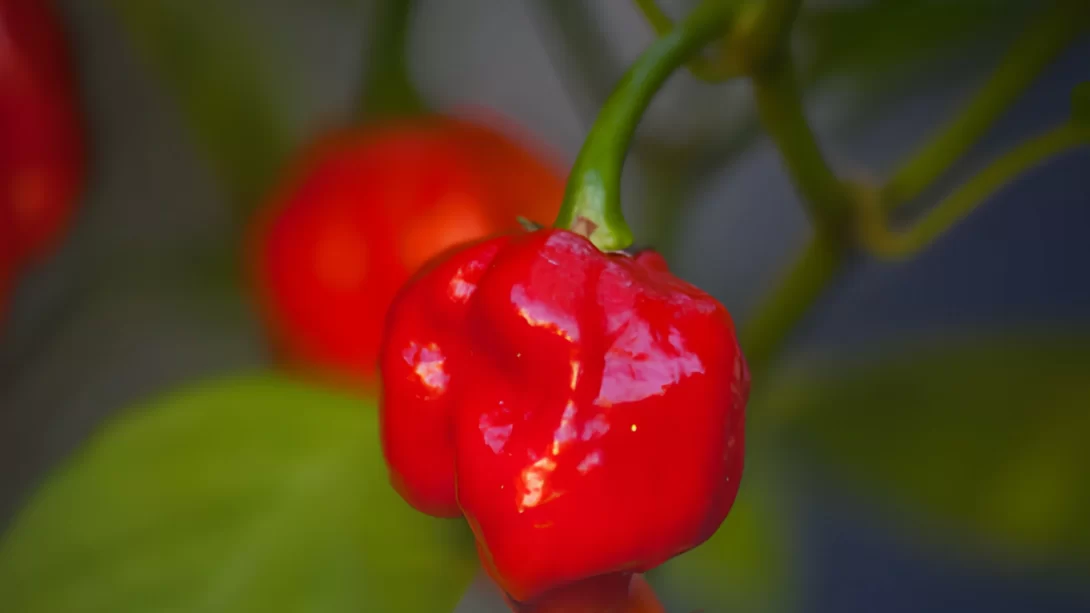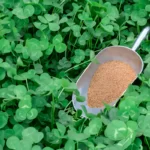The Carolina Reaper holds a formidable reputation as one of the hottest chili peppers in the world. Bred for heat and flavor, this pepper has captivated the interest of spicy food enthusiasts and gardeners alike. Originating from South Carolina, the Carolina Reaper boasts a unique combination of intense heat and sweet, fruity undertones. Growing this pepper can be a rewarding challenge for gardeners looking to spice up their vegetable patch.
Carolina Reaper Requirements
To successfully grow Carolina Reapers, understanding their specific needs is crucial. These peppers thrive in warm climates and require a long growing season. Ideal growing conditions include temperatures between 75°F and 90°F. Carolina Reapers prefer well-draining soil with a pH between 6.0 and 6.5. Ensuring proper soil preparation and maintaining consistent moisture levels are key to healthy growth.
Seed Starting Indoors
Starting Carolina Reaper seeds indoors is recommended, especially in regions with shorter growing seasons. Begin 8-10 weeks before the last frost date. Use a sterile seed starting mix and plant seeds about 1/4 inch deep in small containers or seed trays. Maintain a consistent soil temperature of 80°F to 90°F, which is critical for germination. This can be achieved with a heat mat. Keep the soil moist but not waterlogged. Seedlings typically emerge in 7-21 days.
Once seedlings appear, provide ample light, either from a sunny window or grow lights, for at least 16 hours per day. Rotate the seedlings regularly to ensure even growth. When the seedlings develop their second set of true leaves, they are ready for transplanting into larger pots. This stage is crucial for developing a strong root system before moving them outdoors.
Transplanting Seedlings Outdoors
When the threat of frost has passed and nighttime temperatures consistently stay above 55°F, Carolina Reaper seedlings are ready to be moved outdoors. Before transplanting, it’s vital to harden off the seedlings. This process, which involves gradually exposing the plants to outdoor conditions over a week or two, helps them adjust to the outside environment and reduces transplant shock.
Choose a sunny spot in your garden with at least 6-8 hours of direct sunlight daily. Space the plants about 2-3 feet apart to ensure adequate air circulation and room for growth. When transplanting, be gentle with the roots to minimize stress. Plant them at the same depth they were growing in their pots. Water the seedlings thoroughly after planting to help settle the soil around the roots.
Plant Care and Maintenance
Consistent care is key to growing healthy Carolina Reapers. They require regular watering, especially during dry spells, to maintain evenly moist soil. However, avoid overwatering as this can lead to root rot. A good rule of thumb is to water when the top inch of soil feels dry.
Fertilization is another important aspect of Carolina Reaper care. Start with a balanced, slow-release fertilizer at planting time. Once the plants start flowering, switch to a fertilizer higher in phosphorus and potassium to encourage fruiting. Apply fertilizer according to the product’s instructions, usually every 4-6 weeks.
Pruning is not essential for Carolina Reapers, but it can help manage plant size and shape. It also improves air circulation, which reduces the risk of disease. Support structures like stakes or cages can be helpful as the plants grow and the fruit begins to weigh down the branches.
Pest and Disease Management
Like all garden plants, Carolina Reapers are susceptible to pests and diseases. Common pests include aphids, spider mites, and whiteflies. Regularly inspect your plants and use organic pest control methods, such as neem oil or insecticidal soap, as needed. For disease prevention, avoid overhead watering and provide enough space between plants for air to circulate.
Being proactive in pest and disease management helps ensure that your Carolina Reapers grow healthy and produce a bountiful harvest of fiery peppers.
Pollination and Flower Care
Proper flower care is crucial for fruit set in Carolina Reapers. These peppers are self-pollinating, with each flower containing both male and female parts. However, encouraging pollination can increase yield. Gently shaking the plants or using a small brush to transfer pollen can mimic the natural action of wind or insects. In outdoor gardens, attracting pollinators like bees can also be beneficial. Ensure that the plants receive adequate water and nutrients during the flowering stage to promote healthy fruit development.
Harvesting and Storing
Carolina Reapers typically ripen 90 to 100 days after transplanting. The peppers change from green to a deep red when fully mature, indicating they are ready to harvest. Use gloves and scissors or pruners to cut the peppers from the plant, as they contain high levels of capsaicin, which can irritate skin and eyes.
After harvesting, Carolina Reapers can be used fresh, or they can be dried for long-term storage. To dry, string the peppers up in a well-ventilated area away from direct sunlight, or use a dehydrator. Store dried peppers in an airtight container in a cool, dark place to preserve their potency.
Common Growing Challenges and Solutions
Growing Carolina Reapers can present challenges, such as slow germination, blossom drop, or uneven watering. Enhancing germination conditions with consistent warmth and moisture, managing nutrient levels to prevent blossom drop, and ensuring regular watering can address these issues. If problems persist, consulting local gardening groups or agricultural extensions can provide additional insights and solutions.
Conclusion
Growing Carolina Reapers requires patience, attention to detail, and a willingness to learn. By providing the right growing conditions, practicing diligent care, and managing pests and diseases effectively, gardeners can enjoy the satisfaction of harvesting one of the world’s hottest peppers. Whether you’re a seasoned gardener or a newcomer to the spicy world of chili peppers, growing Carolina Reapers offers a uniquely rewarding experience. Remember, the key to success lies in understanding and meeting the specific needs of these fiery fruits.



